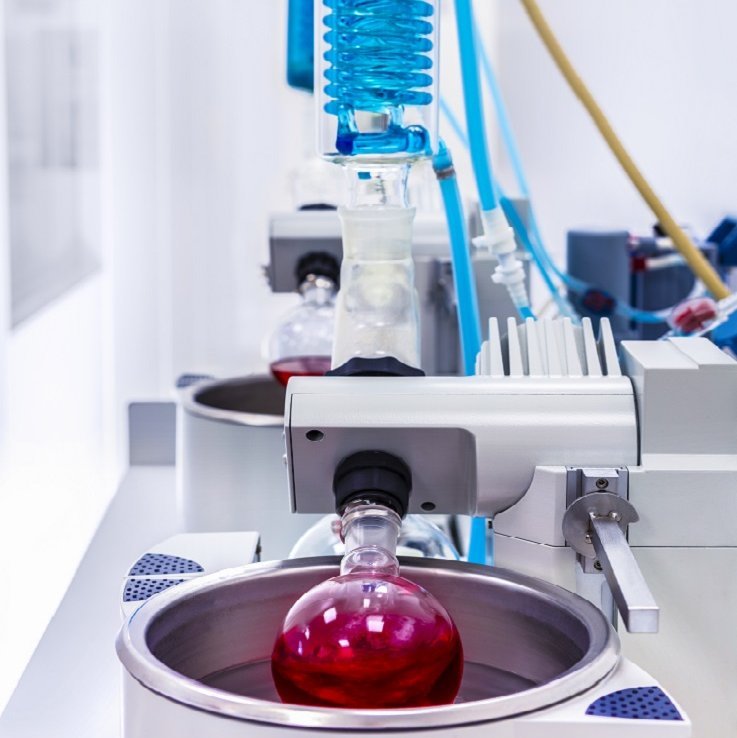Characterization of unknown substances and compounds
Often, chemical contamination or residue is not visible and only the consequences of its presence are apparent. Here, coating defects, adhesions or other process errors can occur.
In order to be able to initiate suitable corrective measures for such defects, it is essential to have precise knowledge of the contamination that is causing them.
However, the analysis of such residues begins well before the actual measurement. In consultation with the relevant quality and process engineers, the type of defect should be precisely defined in advance and possible causes such as process auxiliaries used or interfering additives identified. The interfering impurity is isolated by selecting suitable extraction methods, if necessary also several different ones. Subsequently, these extracts are examined with different screening methods. Different chromatographic and spectroscopic methods can be used here. The substances found can then be assigned to a damage mechanism, partly on the basis of empirical values or by comparison with reference samples of the excipients used.
Profile
Typical fields of application: | Manufacturing and processing companies in all industries |
Type of contamination / Objective of the analysis: | unknown |
Analyzable parameters: | IC, ICP/MS, GC/MS, HSGC/MS, LC/MS |
Sample: | Components, solids, extracts or liquids |
Further information
These tests are part of our accreditation, detailed information on the scope of accreditation can be found here.
You can also find detailed information on test procedures, test standards and expertise in our Infothek
If you have any questions, the employees from our sales team will be happy to help you.
Newsletter registration

